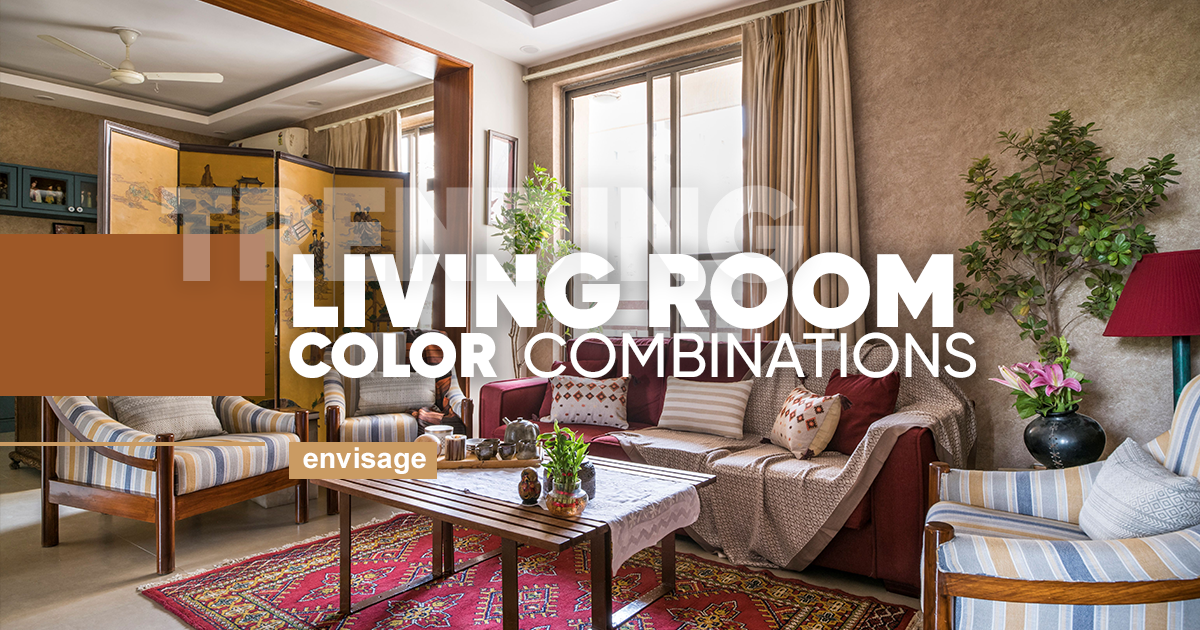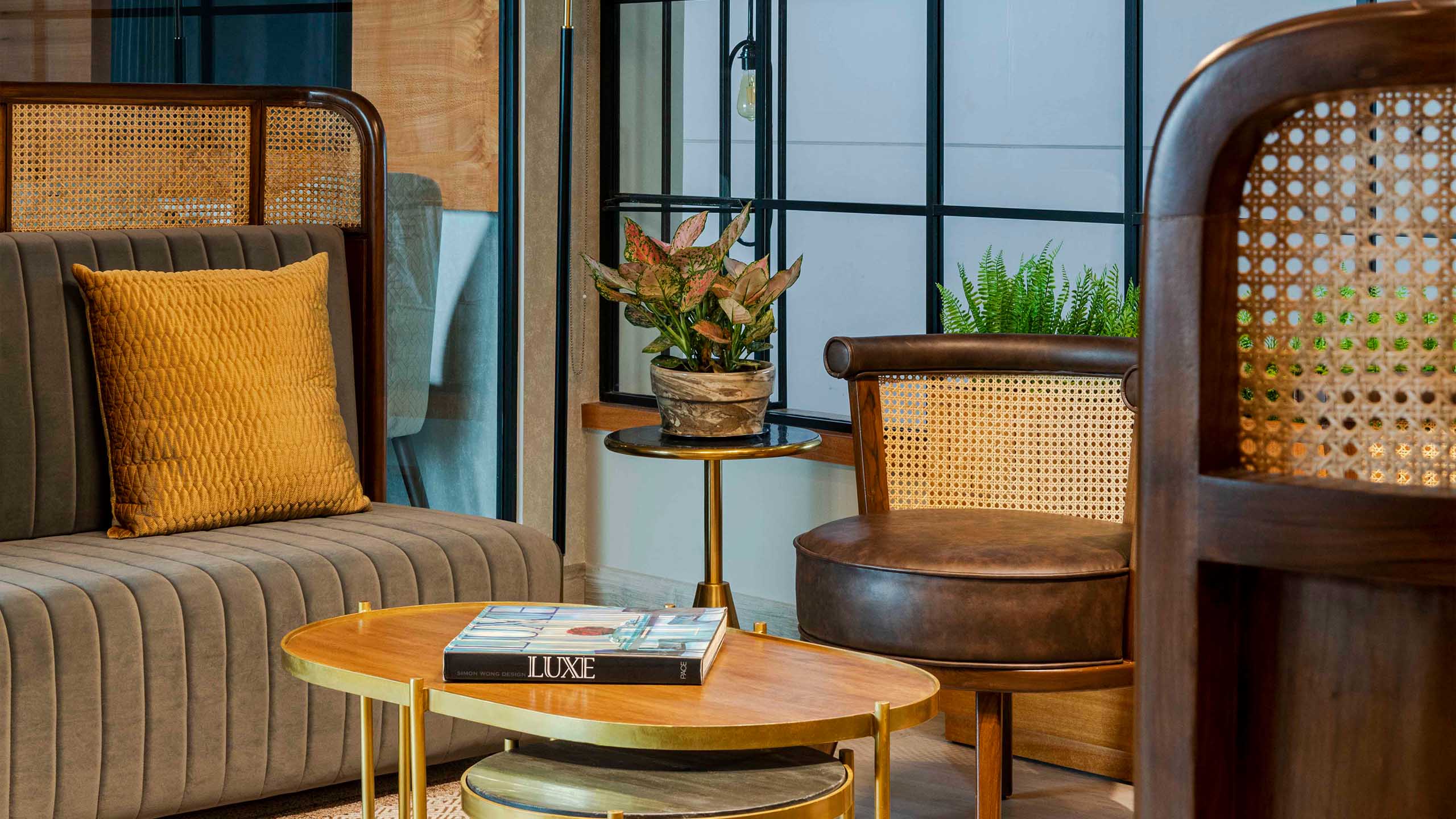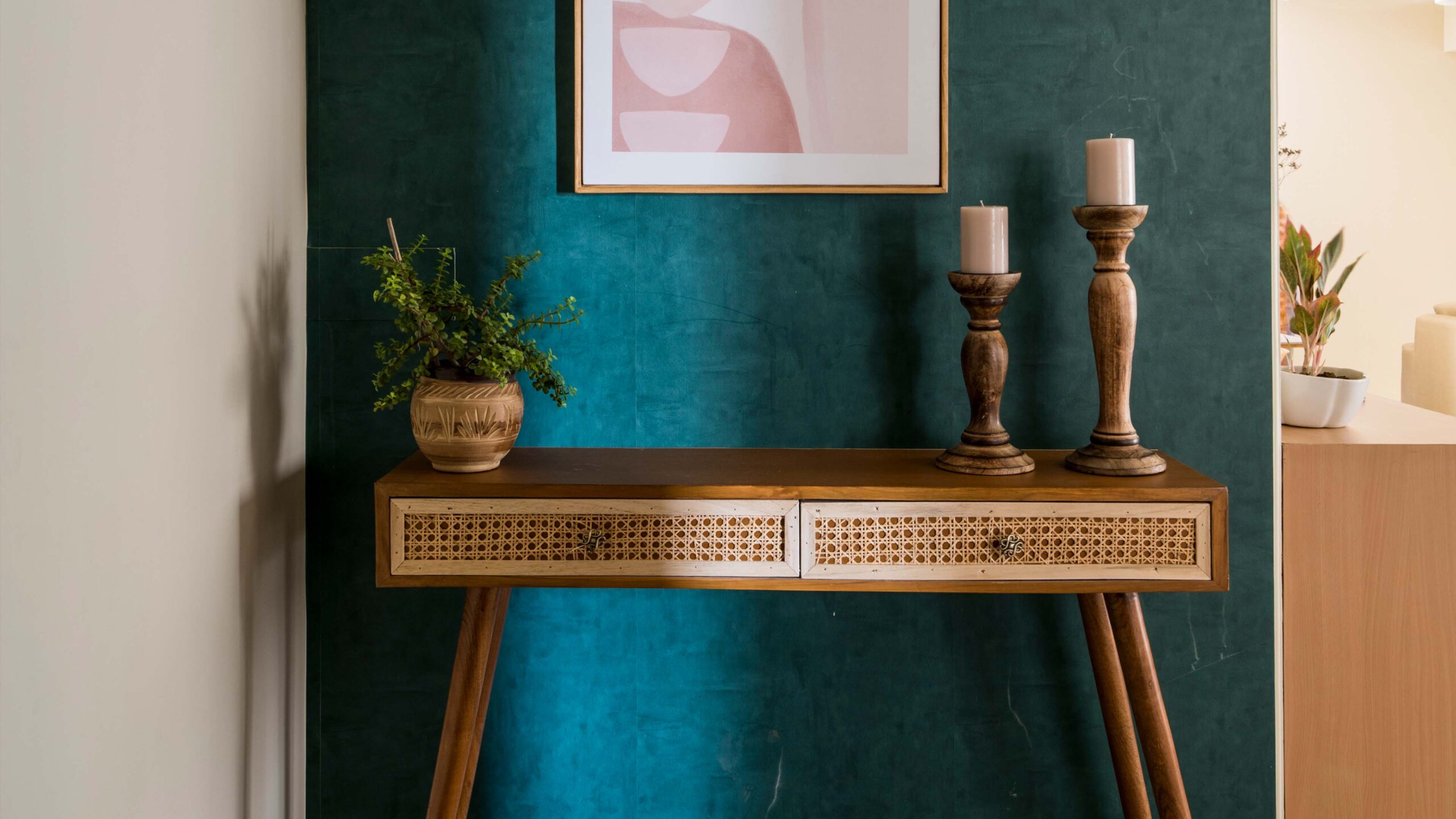Design and Response to the Changing World
- Blog,
- Featured Blog
A lot is being spoken about the rapidly changing world that we are all a part of currently. So what is the relationship of this change with design? We are posed with a constantly changing problem which requires us to have a solution finding methodology-that’s malleable -as opposed to a fixed list of common dos and don’ts.
The process of design thinking does just that; it’s a wonderful adaptable problem solving methodology that’s truly the need of the hour. It helps us to arrive at solutions which are at the junction of human desirability, tech feasibility and cost viability. Let’s look at how adaptability has translated into some wonderful solutions across typologies:
- Redefining our cities on a macro level: The need for social distancing has brought outdoor activities to the fore. We prefer meeting people or shopping in open streets now, as compared to enclosed areas; its fresh air as opposed to artificially circulated one. For instance, cycling has been adopted by many – as a means of achieving fitness and also as a way of commuting.
- Workplace redesign: The 6’design module- marked as the ideal solution by many- required all employees to maintain a minimum of 6’ gap between them at all times. This solution is feasible only for the newer or larger office spaces. But for the majority of spaces which are 1000sqft and under, this cannot be an option; thus making movable partitions, desk dividers, a combination of office and w-f-h profile and tech driven interaction with clients –the preferred way ahead. Flexibility in layout is a must in the road ahead.
- Home design: Our relationship with our homes has acquired a whole new dimension in the This new necessity is also demanding that people get their spaces upgraded while they continue to live in them. So segmented interior designing is becoming a new popular sub category in this typology. But this brings with it, the need to ensure that the solutions are intelligent interventions with on-site work being restricted to the bare minimum and the rest being modular for ease of implementation. Design and build services offered by architectural and interior design firms are turning into the go to solution here.
- Schools/Institutions: Learning has been merged with technology and a lot of that is here to stay. Future classrooms would be a combination of real and virtual learning and we need to design keeping that in mind. Our solutions need to be empathetic to both the authorities and the students; thus requiring us to look at making the best of what we have while we address our safe return to schools.
The challenges are manifold in every sphere, personal and professional. The entire way we communicate and engage with each other has changed. So the true solution lies not in defining the change, but to adopt a methodology that helps us to navigate the constant path of change. We need a solution that can adapt to the changing nature of the very problem itself.




